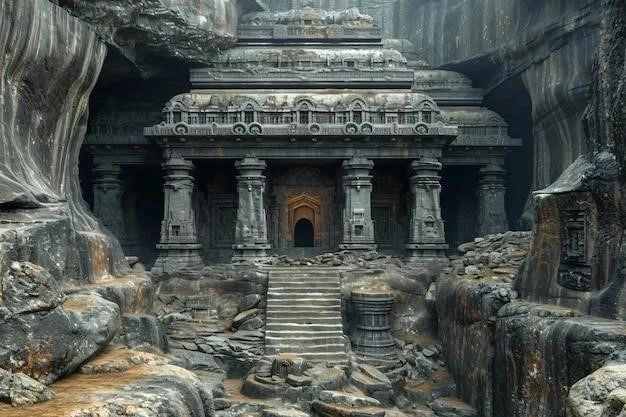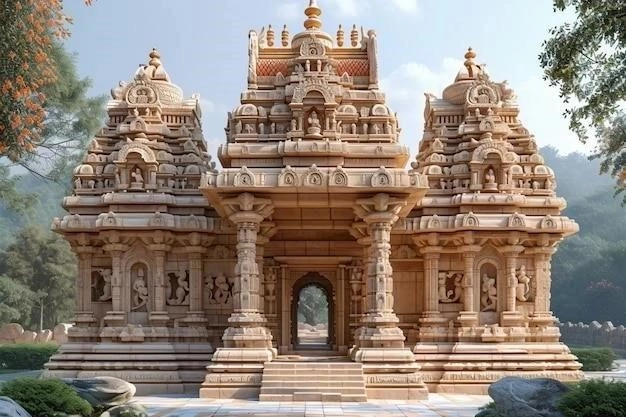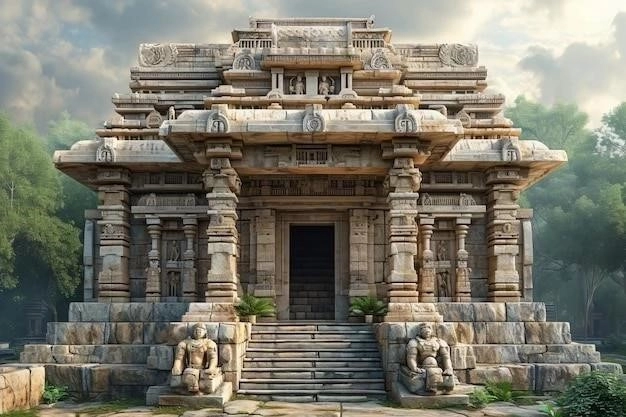The Meenakshi Amman Temple, also known as the Meenakshi Sundareswarar Temple, stands as a magnificent testament to Dravidian architecture and the rich spiritual heritage of India. Located on the southern bank of the Vaigai River in the temple city of Madurai, Tamil Nadu, this architectural marvel attracts thousands of devotees and visitors every year, captivating them with its intricate carvings, vibrant colors, and soaring gopurams (towering gateways).

A History Steeped in Legend and Devotion
The temples history is deeply intertwined with mythology and legend, dating back over 2,500 years. According to Hindu mythology, the Pandyan king, Kulasekara Pandya, built the temple under the divine guidance of Lord Shiva himself. The temples primary deities are Meenakshi, an incarnation of the goddess Parvati, and her consort, Sundareswarar, a form of Lord Shiva. Legend has it that Lord Shiva, taking the form of Sundareswarar, came to Madurai to marry Meenakshi, the daughter of the Pandya king. This divine union is celebrated annually as a grand festival, attracting devotees from across the globe.
Architectural Splendor and Intricate Detail
The Meenakshi Temple complex sprawls over 45 acres, enclosed by high walls with twelve towering gopurams. The most prominent features of the temple are its massive gopurams, adorned with thousands of colorful sculptures depicting deities, celestial beings, and scenes from Hindu mythology. These gopurams, reaching heights of over 150 feet, serve as gateways to the inner sanctums of the temple, each dedicated to a different deity.
Within the temple complex, the Hall of Thousand Pillars (Aayiram Kaal Mandapam) stands as a testament to the architectural prowess of the Vijayanagar era. This hall features intricately carved pillars, each unique in design and depicting scenes from Hindu epics. The temple also houses several mandapams (pillared halls), each with its own religious significance and architectural beauty; These halls are used for various religious ceremonies and gatherings.
Symbolism and Religious Significance
Beyond its architectural grandeur, the Meenakshi Temple holds deep religious significance. The temple is considered a sacred pilgrimage site for Hindus, particularly Shaivites. The union of Meenakshi and Sundareswarar symbolizes the fusion of Shakti (feminine energy) and Shiva (masculine energy), representing the harmonious balance of the cosmos.
The temple is also a center for learning and cultural preservation. It houses a library with a vast collection of ancient scriptures and manuscripts. The annual Meenakshi Tirukalyanam festival, celebrating the divine wedding of Meenakshi and Sundareswarar, is a ten-day extravaganza that draws millions of devotees and tourists. The festival features elaborate processions, traditional music and dance performances, and religious rituals, showcasing the rich cultural heritage of Tamil Nadu.
A Legacy of Art, Faith, and Heritage
The Meenakshi Temple stands as a testament to the enduring legacy of Dravidian architecture, the enduring power of faith, and the rich cultural tapestry of India. Its towering gopurams, intricate carvings, and vibrant colors continue to inspire awe and wonder in all who visit. As a living temple, it remains a vital center for worship, pilgrimage, and cultural preservation, attracting devotees and visitors from all walks of life.

Interesting Facts About the Meenakshi Temple
- The temple complex houses 33,000 sculptures.
- The temple tank, known as the Potramarai Kulam (Golden Lotus Pond), is considered sacred and is believed to have healing powers.
- The temples main gopuram, the southern tower, stands at a height of 170 feet and is the tallest structure in the complex.
- The temple kitchen feeds thousands of devotees every day, offering free meals as part of its Annadhanam tradition.
- The Meenakshi Temple has been nominated as one of the “New7Wonders of the World.”
Visiting the Meenakshi Temple is an experience that transcends the boundaries of religion and culture. It is a journey into the heart of ancient India, where art, faith, and heritage converge to create an aura of unparalleled beauty and spirituality.

Experiencing the Meenakshi Temple: A Journey for the Senses and Soul
The Meenakshi Temple is not merely a structure of stone and sculpture; it is a living testament to the artistic, cultural, and spiritual heart of South India. To truly appreciate its significance, one must move beyond its impressive statistics and engage with the temple as a multi-sensory experience.

A Symphony of Sights:
Upon entering the complex, the sheer scale of the gopurams dominates the visual field. Their kaleidoscopic colors, achieved with natural pigments, shift with the changing sunlight, creating a dynamic spectacle. Moving closer, the intricate details of the carvings reveal themselves: deities in various poses, mythical creatures, scenes from epic tales – each a testament to the skill of the artisans. Inside the halls, the play of light and shadow across the sculpted pillars evokes a sense of timeless serenity.
An Atmosphere of Sound:
The soundscape of the Meenakshi Temple is as captivating as its visual splendor. The rhythmic chanting of priests, the clanging of bells during puja (worship), and the devotional songs of pilgrims create an immersive auditory experience. The vast courtyards, despite the crowds, often echo with an unexpected stillness, allowing for moments of quiet contemplation amidst the vibrant activity.
Tactile Connections to the Past:
Running a hand over the worn surfaces of ancient stone, feeling the smooth coolness of the temple tanks water, even navigating the uneven flagstones underfoot – these tactile interactions ground the visitor in the physicality of the temples long history. It is a tangible reminder that for centuries, countless individuals have walked these same paths, seeking solace, connection, and spiritual renewal.
The Intangible Aura:
Beyond the sensory, the Meenakshi Temple possesses an intangible aura that is difficult to articulate yet undeniably present. Perhaps it is the weight of centuries of devotion, the palpable energy of countless prayers, or simply the atmosphere of reverence that pervades the space. Whatever its source, this intangible quality elevates the Meenakshi Temple beyond a mere tourist destination, transforming it into a pilgrimage for the soul.
Visiting the Meenakshi Temple is not simply sightseeing; it is an act of engagement with a living tradition. It is an opportunity to witness the enduring power of faith manifested in art, architecture, and ritual, and to connect with a spiritual heritage that continues to resonate deeply in the 21st century.










